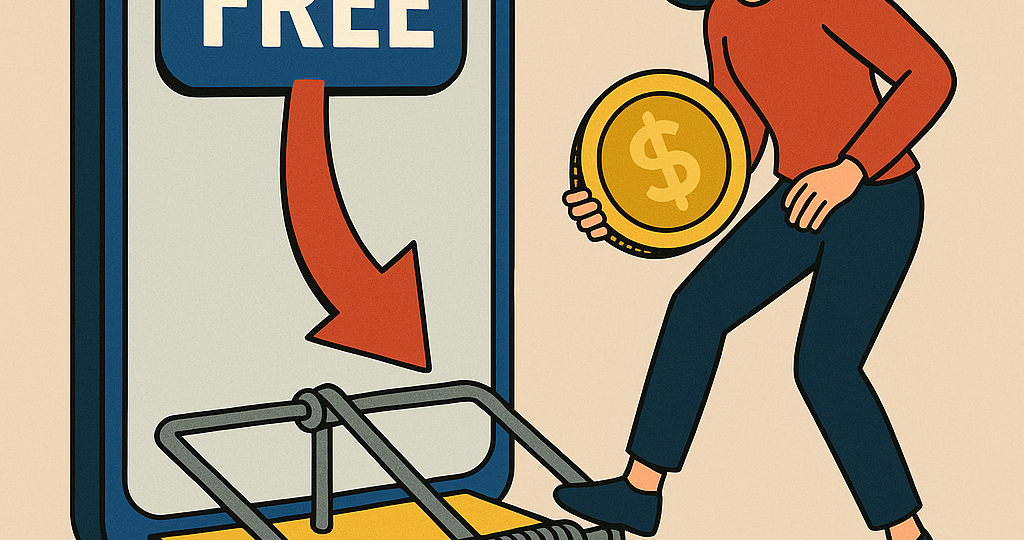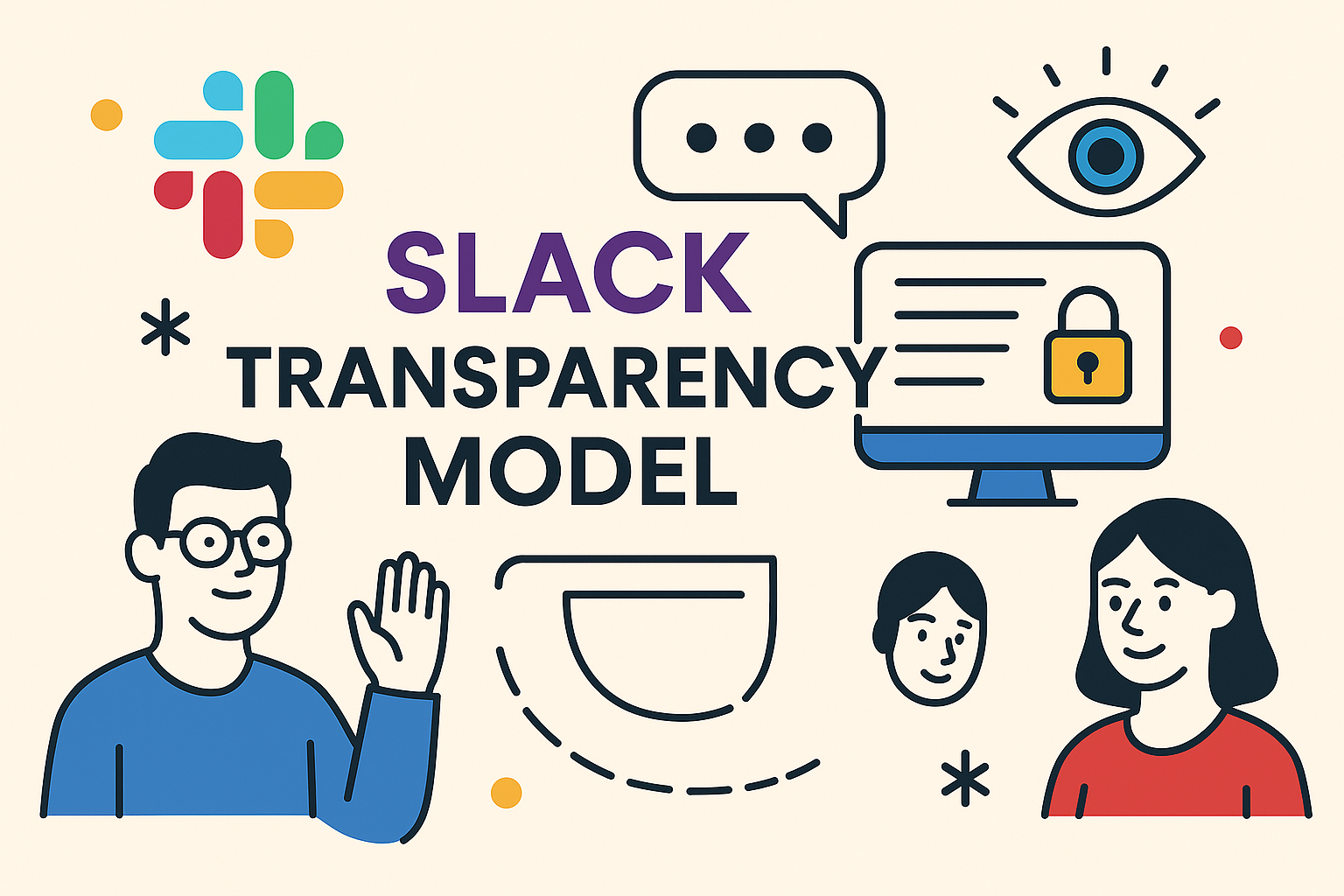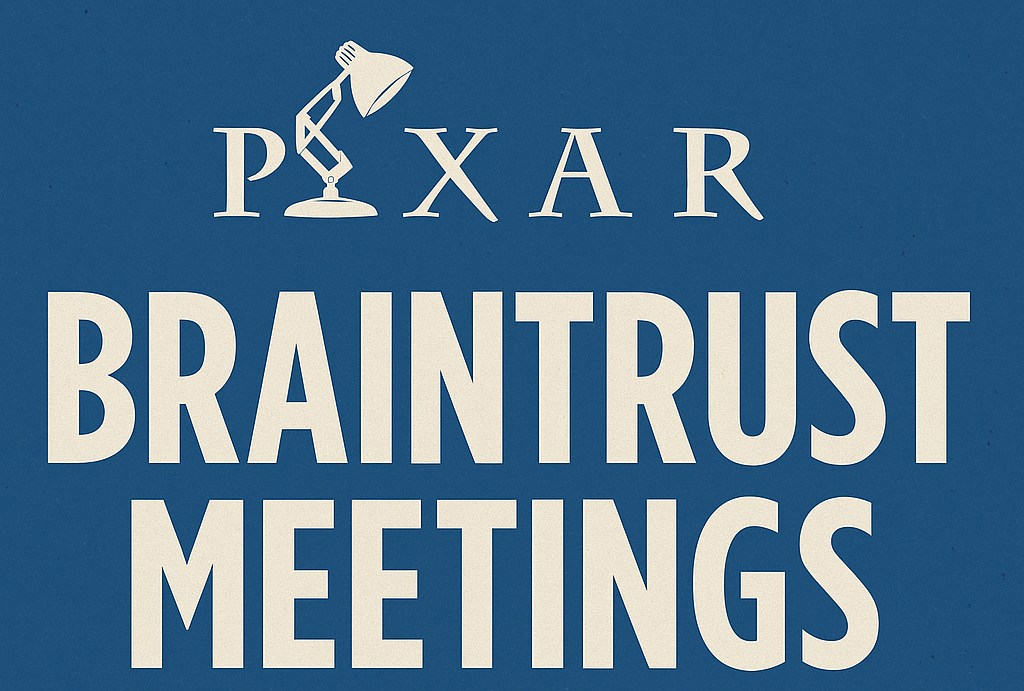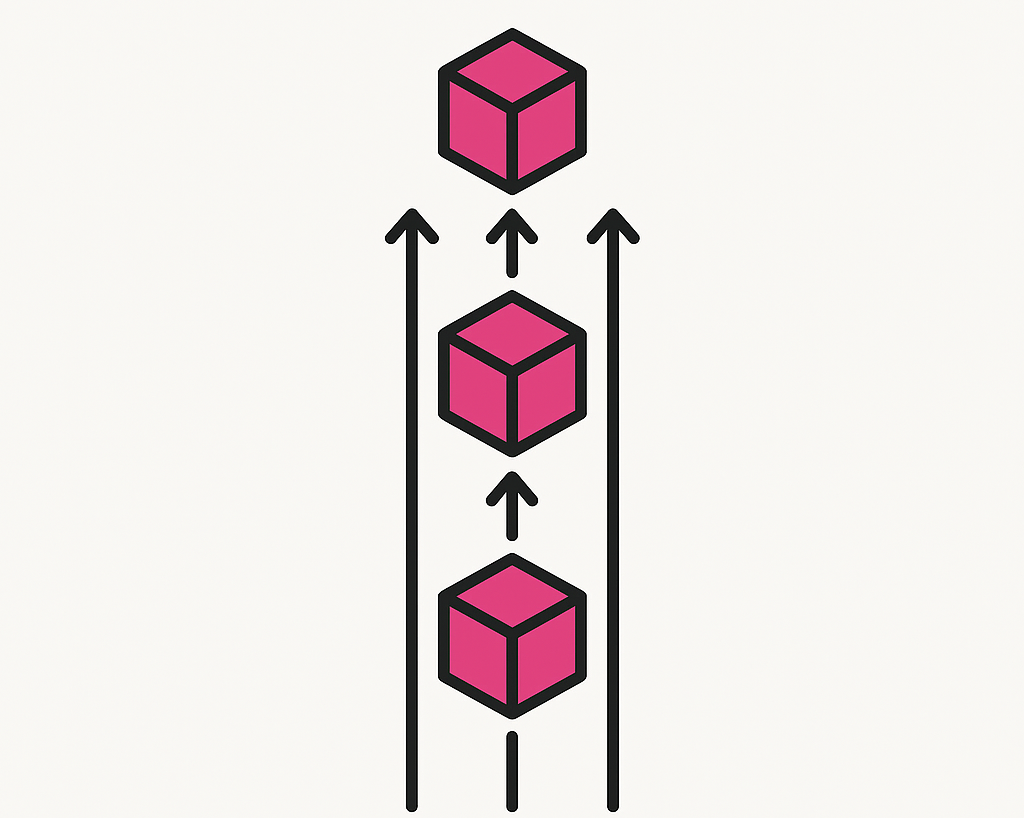
You’ve probably fallen into the Freemium Trap — not once, but dozens of times — without even realizing it. It starts innocently. You download an app for free. A week later, you’re paying $4.99 a month to remove ads. Then $9.99 to unlock “Pro” features. Before you know it, the “free” app is quietly billing you every month. This is the Freemium Trap: a business model where a basic version is free, but useful or necessary features come with escalating costs.
The term “freemium” is a blend of “free” and “premium.” It was coined in 2006 by venture capitalist Fred Wilson, though the concept had been around long before that. Think of it like this: the product hooks you in with its free core features, but gradually nudges you to pay for extras — often using psychological tactics like limited access, time pressure, or FOMO (fear of missing out). Games, apps, cloud storage, even dating services rely on this model.
The trick is, most people don’t know they’re being sold to. That’s what makes it feel like a trap. Because you didn’t pay upfront, you’re more likely to say, “It’s just $1.99, no big deal.” But these micro-purchases add up. In some mobile games, for example, only 2-3% of users pay — but they can generate over 80% of the company’s revenue. That small paying group is often driven by urgency (like limited-time upgrades or streaks) and emotion, not rational spending decisions.
To be clear, freemium isn’t always bad. It allows you to try a product before committing, and it helps smaller developers grow. But the problem arises when the line between “convenience” and “manipulation” gets blurry — especially when companies design frustration into the free version just to drive upgrades. That’s when what felt like a great deal turns into a frustrating spiral of upgrades, locked content, and monthly charges.
So next time you tap “install” on a free app or start a free trial, pause for a second. Ask yourself: is this product helping me, or nudging me into a trap disguised as generosity?
RELATED POSTS
View all


